Velocity describes the rate of change of an object’s position with respect to time. It is a vector quantity, meaning it has both magnitude and direction. In simpler terms, velocity measures both how quickly an object’s position is changing and the direction in which it is changing. If an object is moving and undergoing a change in position, it possesses velocity.
Examples
Bullet

When a bullet is released from a toy gun, it moves forward with a certain velocity. Velocity is a vector quantity that represents the rate at which an object’s position changes with respect to time and includes both speed and direction. In the case of the bullet, its velocity indicates the speed at which it travels in the forward direction. As the bullet is propelled out of the toy gun, its velocity enables it to cover a certain distance over time and allows it to reach its target or travel a specific trajectory.
Train

When a train is in motion, it possesses velocity. Velocity refers to the rate at which an object’s position changes with respect to time. In the case of a moving train, its velocity is determined by the speed at which it travels in a specific direction along the rail track. For example, if a train is running towards the east, its velocity would be described as a certain speed in the eastward direction.
Satellite
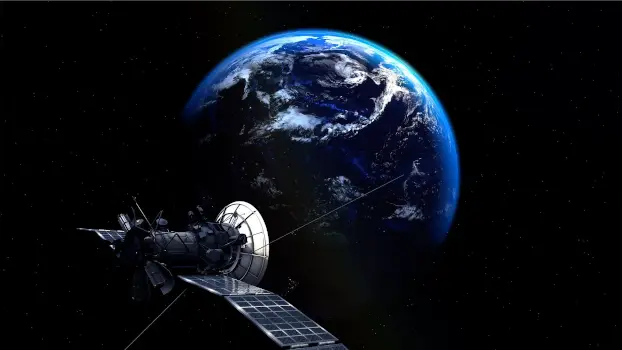
When a satellite orbits around the Earth, it maintains a specific velocity. Velocity refers to the speed of an object in a given direction, and in the case of a satellite, it represents the speed at which it moves along its orbit. This velocity allows the satellite to counteract the gravitational pull of the Earth and maintain a stable orbit. The magnitude of the velocity is crucial for the satellite to maintain its orbital path and ensure a synchronized movement with the Earth’s rotation.
River water

When water flows in a river, it possesses velocity, which determines the speed and direction of its movement. The velocity of river water refers to how fast it moves downstream. Several factors can influence the velocity of river water, such as the steepness of the riverbed and the amount of water present. These factors can cause the velocity to vary, leading to different speeds and directions of flow in different sections of the river.
Tire
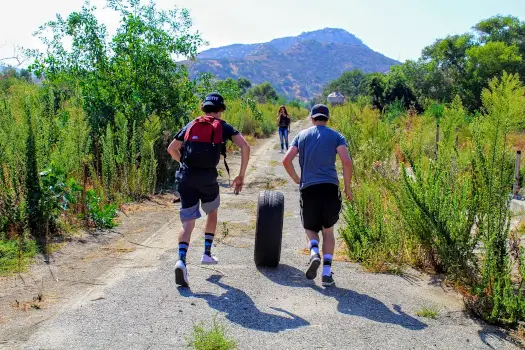
When a tire is allowed to roll on the road in a specific direction, it possesses velocity. Velocity refers to the speed and direction of an object’s motion. In the case of the rolling tire, velocity represents the rate at which it moves forward or backward along the road. The tire’s velocity is influenced by various factors, including the force applied to propel it and any external force that may affect its motion, such as friction with the road surface or air resistance. The magnitude of the velocity determines the tire’s speed, while the direction indicates the path it follows.
Car

When a car is in motion on the road, it exhibits velocity. Velocity is a vector quantity that combines the car’s speed and direction of motion. In the case of a car moving on the road, velocity represents the rate at which it changes its position with respect to time and the specific direction in which it is traveling.
Girl
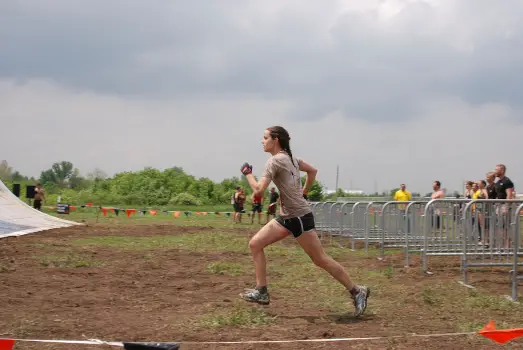
When an individual runs on the ground, they have velocity. Velocity represents both the speed and direction of their motion. It describes how fast they are running and the specific path they are taking.
Ball

When a ball is in motion, it has velocity. Velocity refers to both the speed and direction of the ball’s movement. For example, if a ball hit by a batsman in baseball is moving at a certain speed towards the east, that is its velocity. The velocity of the ball includes information about both its speed and the specific direction in which it is traveling.
Waterfall

When water flows down a waterfall, it possesses velocity, which refers to the speed and direction of its motion. In the case of a waterfall, the velocity of the falling water represents how quickly it descends and the specific direction in which it flows. The velocity of the water can vary depending on factors such as the height of the waterfall and the volume of water being released.
Moon

The Moon, as it orbits around the Earth, has velocity. Velocity is the measurement of an object’s speed in a specific direction, and in the case of the Moon, it represents the rate at which it moves along its orbital path. This velocity is crucial for the Moon to counterbalance the gravitational pull of the Earth and maintain a stable orbit.
Earth
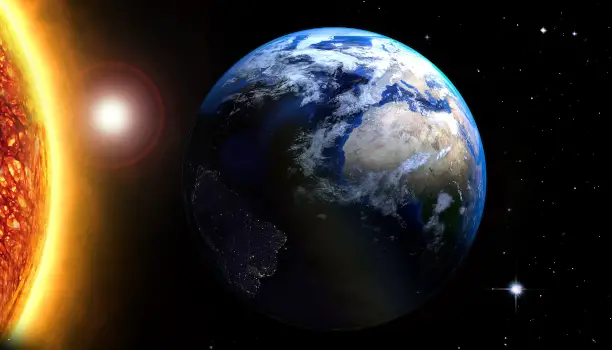
When the Earth orbits around the Sun, it has velocity. Velocity represents the speed at which an object moves in a particular direction. In the context of the Earth’s orbit, its velocity determines the rate at which it revolves around the Sun. This velocity enables the Earth to maintain its orbital path and remain in a stable position within the solar system.
Tractor

When a tractor is in motion on the farm, it possesses velocity. Velocity refers to the speed and direction of its motion. For instance, if a tractor is moving towards the east at a certain speed, then that is its velocity. The velocity indicates both the speed at which the tractor is moving and the specific direction in which it is traveling. The magnitude of the velocity provides information about how fast the tractor is moving, while the direction indicates the path it is following on the farm.
Stone

When a small stone is thrown by hand, it possesses velocity, which encompasses both its speed and direction. Velocity describes the rate at which an object changes its position, and in the case of the stone, it indicates the speed at which it moves forward. This velocity allows the stone to travel through the air and cover a certain distance in a specific direction.
Airplane

An airborne airplane possesses velocity, representing both its speed and direction of travel. When an airplane is heading towards a specific direction, it has a velocity that reflects its speed and the intended path it follows.
Asteroid
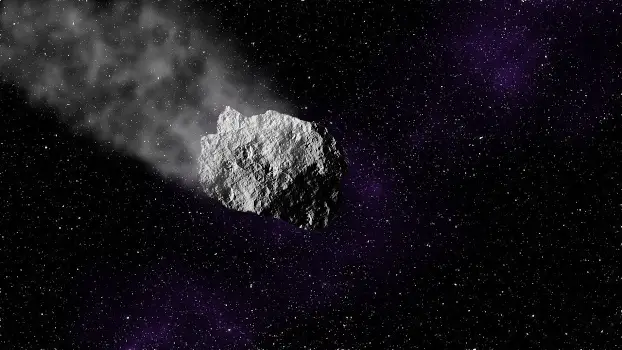
When an asteroid floats in space, it has a velocity that reflects both its speed and direction of motion. For instance, if an asteroid is moving at a speed of 30 kilometers per second, it demonstrates its velocity as it follows a specific path through space.
Formula
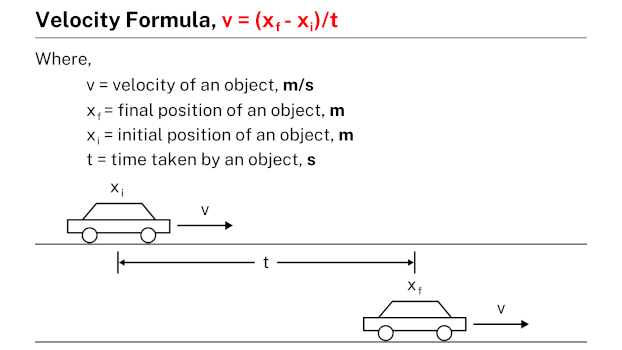
The velocity formula states that velocity (v) is calculated as the ratio of the change in position (Δx) to the time (t). Mathematically, the formula for velocity is expressed as v = (xf – xi)/t. This formula allows for the calculation of the velocity of an object based on its change in position and the time it takes.
Practice problems
Problem #1
A truck travels a distance of 12 m in 4 s. Calculate the velocity of the truck.
Solution
Given data:
- Initial position of a truck, xi = 0 m
- Final position of a truck, xf = 12 m
- Time taken by a truck, t = 4 s
- Velocity of a truck, v = ?
Applying the formula:
- v = (xf – xi)/t
- v = (12 – 0)/4
- v = 12/4
- v = 3 m/s
Therefore, the velocity of a truck is 3 m/s.
Problem #2
A car is initially at rest. In 12 s, the car travels a distance of 240 m. What is the velocity of the car?
Solution
Given data:
- Initial position of a car, xi = 0 m
- Time taken by a car, t = 12 s
- Final position of a car, xf = 240 m
- Velocity of a car, v = ?
Applying the formula:
- v = (xf – xi)/t
- v = (240 – 0)/12
- v = 240/12
- v = 20 m/s
Therefore, the velocity of a car is 20 m/s.
Problem #3
If an athlete travels a distance of 60 m in 5 s, what is the velocity of the athlete?
Solution
Given data:
- Initial position of an athlete, xi = 0 m
- Final position of an athlete, xf = 60 m
- Time taken by an athlete, t = 5 s
- Velocity of an athlete, v = ?
Applying the formula:
- v = (xf – xi)/t
- v = (60 – 0)/5
- v = 60/5
- v = 12 m/s
Therefore, the velocity of an athlete is 12 m/s.
Problem #4
Calculate the velocity of a bike that travels a distance of 500 m in 50 s.
Solution
Given data:
- Velocity of a bike, v = ?
- Initial position of a bike, xi = 0 m
- Final position of a bike, xf = 500 m
- Time taken by a bike, t = 50 s
Applying the formula:
- v = (xf – xi)/t
- v = (500 – 0)/50
- v = 500/50
- v = 10 m/s
Therefore, the velocity of a bike is 10 m/s.
More topics
- Drag (physics)
- Gravity
- Inertia
- Acceleration
- Momentum
- Mass
- Velocity
- Friction
External links
- Speed and Velocity – Maths Is Fun
- Velocity in Math: Definition, Equation & Problems – Study.com
- What is velocity? (article) – Khan Academy
- Speed and Velocity with Examples – Physics Tutorials
- Speed and Velocity – The Physics Classroom
- What is Velocity in Physics? Definition, Formula, and Examples – A Team Tuition
- Velocity – Wikipedia
- Velocity Formula & Definition| Real-Life Examples – What’s Insight
- Examples of ‘velocity’ in a sentence – Collins Dictionary
- Velocity: Definition, Formula & Unit – Vaia
- Examples of “Velocity” in a Sentence – YourDictionary
- Velocity Calculator | Definition | Formula – Omni Calculator
- Velocity Definition & Meaning – Merriam-Webster
- What are some good examples of speed and velocity? – Quora
- Velocity: Definition, Examples, Formula, and Solved Problems – Science Facts
- Velocity | Speed, Acceleration, Motion – Britannica
- 4 Ways to Calculate Velocity – wikiHow
- What Is Velocity in Physics? – ThoughtCo
- What Is the Formula for Velocity? – HowStuffWorks
- What are some examples of velocity? – Socratic
- Velocity of a Falling Object: Calculate with Examples, Formulas – Statistics How To
Deep
Learnool.com was founded by Deep Rana, who is a mechanical engineer by profession and a blogger by passion. He has a good conceptual knowledge on different educational topics and he provides the same on this website. He loves to learn something new everyday and believes that the best utilization of free time is developing a new skill.
